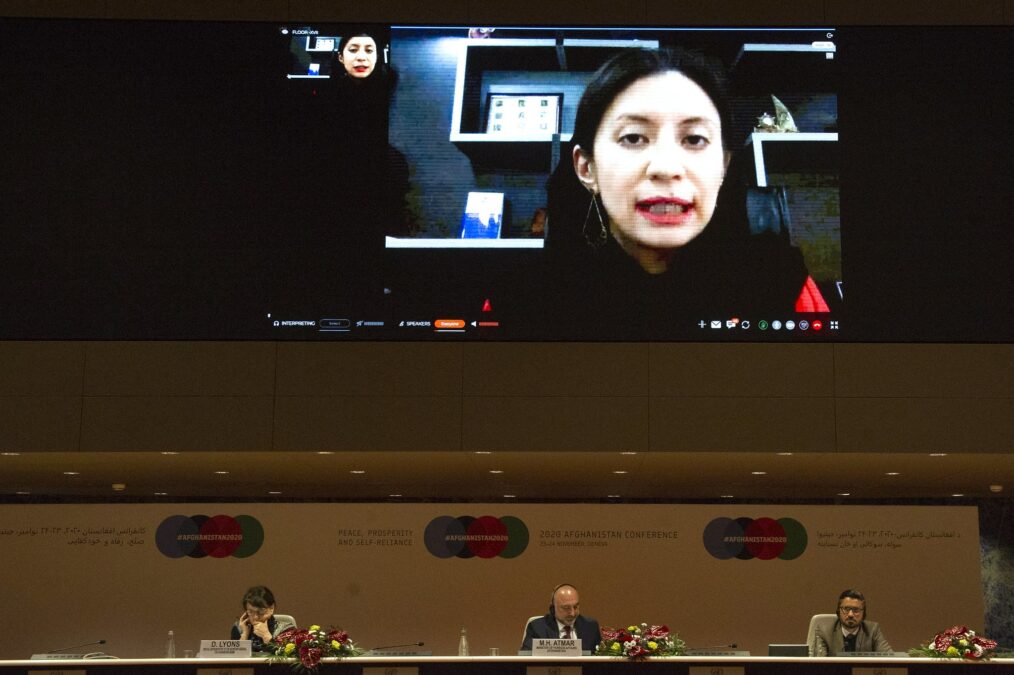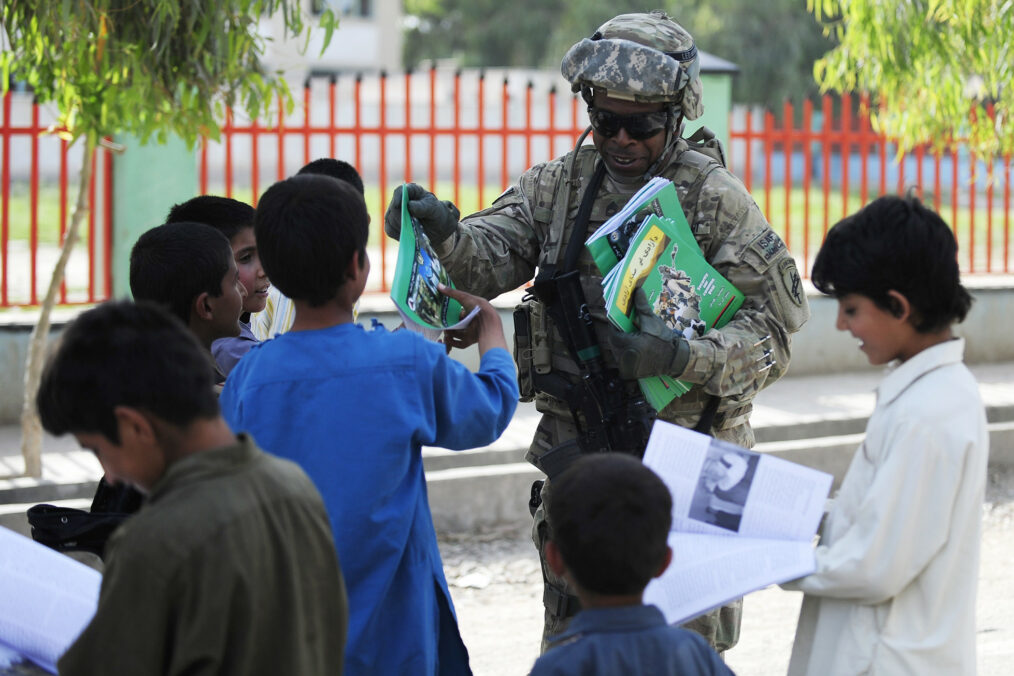While violence escalated across the country, the intra-Afghan peace talks were stalled for weeks because of difficulties agreeing on procedural issues. It has been argued that it was unlikely to see any significant progress anytime soon because neither side “has an incentive to compromise before the incoming Biden administration lays out its policy.”
A recent Rise to Peace article discusses the meaning of the United States presidential election on the Afghan peace talks and indeed, it could have a big impact depending on President-elect Joe Biden’s Afghanistan policy.
However, just a few days ago, the Afghan government and the Taliban announced that they had made a major breakthrough in the talks. They reached a preliminary deal — their first written agreement in 19 years of conflict — which allows for discussions on more substantive issues, including talk of a ceasefire.
The 2020 Afghanistan Conference
As the peace talks are taking place in Doha, Qatar, governments of Afghanistan and Finland, with the United Nations, co-hosted the 2020 Afghanistan Conference, which is a ministerial level pledging conference aiming to set out the development priorities and financial support for Afghanistan for the upcoming four years. It took place on November 23–24 in Geneva, Switzerland, and saw participation from more than 70 nations and organizations.
The issue of dependency on foreign aid is of great importance for the future of Afghanistan since the country has been dependent on foreign aid for a very long time. Regardless of the outcome of the ongoing peace talks “Afghanistan will remain highly dependent on foreign aid for the foreseeable future.” The US alone has, since 2001, appropriated an amount almost equivalent to what the US spent on rebuilding Western Europe in the aftermath of World War II. Moreover, the country depends on donors to fund at least half its annual budget, something which is unlikely to change anytime soon.
The 2020 Afghanistan Conference demonstrated the international community’s commitment to Afghanistan and donors pledged at least US$ 3.3 billion for the first year of the upcoming quadrennial with annual commitments expected to stay at the same level year-on-year. It remains clear that foreign aid is important for the future development of Afghanistan with regards to politics, peace, and security in the country. In addition, it can be a way for donors to place pressure on the parties to reach an agreement in the current peace talks.
However, there is a risk that donors are expecting the Afghan government to do more than it is able to which might jeopardize future aid. In addition, the Taliban were not invited to participate in the Afghanistan Conference, which could turn out problematic since they are a major stakeholder in the peace talks as well as in Afghanistan’s future. In turn, it might create problems should other actors appear committed to a particular Afghan administration. For the same reason, the current Afghan government might be under the impression that it does not have to compromise with the Taliban on certain points.
Addressing Corruption to Decrease Aid Dependency
A recent report shows that approximately 30% of money spent by the US on the reconstruction of Afghanistan since 2002 was “lost to waste, fraud, and abuse.” With regards to corruption, in 2019, the country ranked 173/198 on the Corruption Perceptions Index and this has a negative effect as Afghanistan tries to move towards a more peaceful and just society. It is therefore vital to address issues like corruption which essentially undermine reconstruction and development efforts. Addressing it will, over time, help reduce Afghanistan’s need for foreign aid.
Consequently, the parties involved in the peace talks must do more than agreeing to stop the violence. The talks can potentially be seen as an opportunity for a new start to “lay out a new vision for the country that can assure donors as well as the international community at large that things are going to be different in the post-settlement era.”
As demonstrated, commitment from donor countries is important, but what is of significant importance is that Afghanistan increases its own contribution to national development to convert the rhetoric of self-reliance into reality which will enable the country to, eventually, stand on its own two feet.






